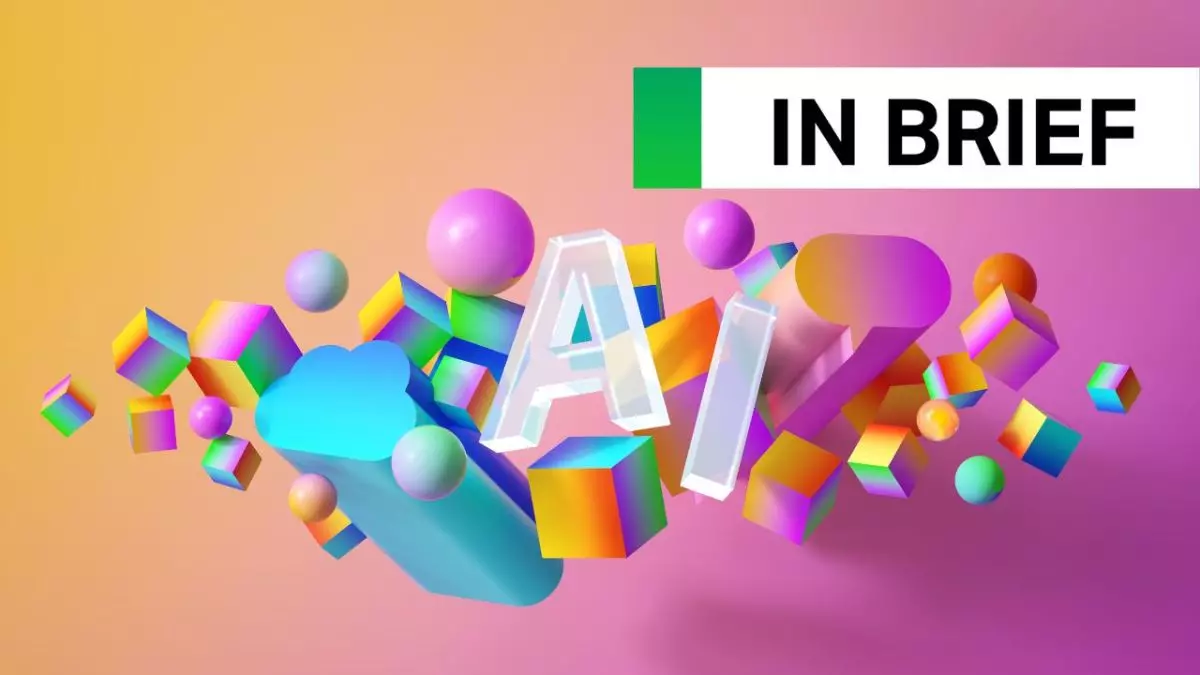The debate over whether artificial intelligence (AI) can truly create art has been a hot topic in recent years. Renowned science fiction author Ted Chiang boldly asserts that no matter how advanced generative AI becomes, it will never be able to produce true art. Chiang, known for his acclaimed novella “Story Of Your Life,” which inspired the film “Arrival,” raises thought-provoking questions about the capabilities and limitations of AI in the realm of artistic expression.
Chiang’s skepticism stems from his observation that the current achievements of large language models (LLMs) in the realm of generative AI are primarily theoretical. While these technologies have shown impressive capabilities in generating text, Chiang argues that they fall short in producing meaningful and impactful creations. He warns that this trend in AI could have detrimental effects on our expectations for both reading and writing, ultimately diminishing the human essence of creativity and meaning-making.
At the core of Chiang’s argument is the belief that true art emerges from a series of deliberate choices made by the artist. He contends that art is not merely the output of a machine processing data, but rather a deeply human endeavor that involves conveying emotions, ideas, and experiences to an audience. Chiang’s definition of art as a product of intentional decision-making highlights the intrinsic connection between the artist and their creation, emphasizing the unique role of human consciousness in the creative process.
Human Interaction and Meaning-Making
Chiang underscores the significance of human interaction and collective experience in shaping the meaning of art. He asserts that while individuals are influenced by their predecessors and cultural heritage, it is through their interactions with others that they imbue their creations with significance and relevance. By engaging in a dialogue with their audience, artists create a dynamic exchange of ideas and interpretations that enrich the artistic experience and foster deeper connections between creators and viewers.
Ted Chiang’s critical analysis of AI’s ability to produce true art challenges us to reconsider the essence of creativity and expression in the digital age. By highlighting the limitations of generative AI in capturing the complexity of human emotion and consciousness, Chiang prompts us to reflect on the irreplaceable role of human agency in the creation and appreciation of art. As we continue to push the boundaries of technology and innovation, Chiang’s insights serve as a poignant reminder of the enduring power of human creativity in shaping the art of tomorrow.

